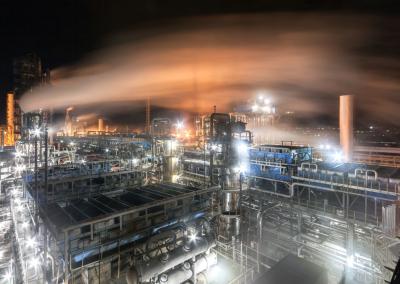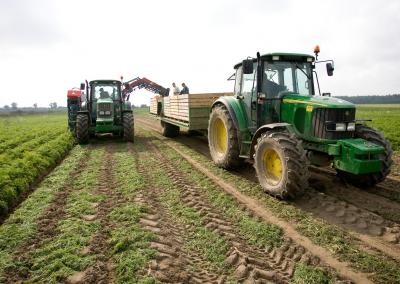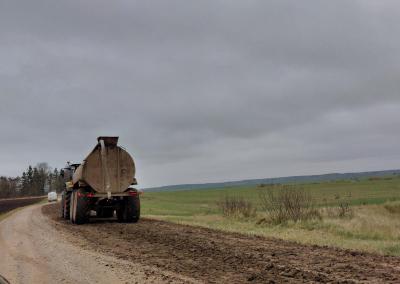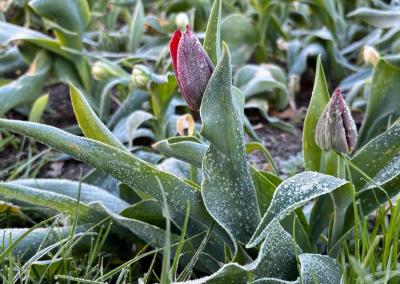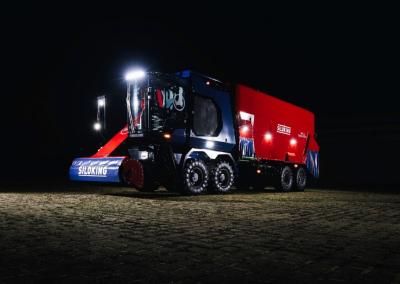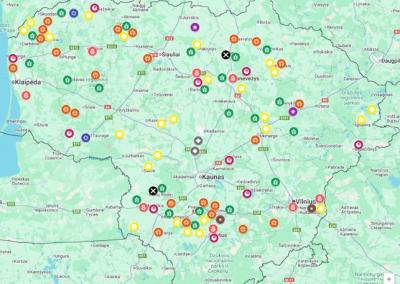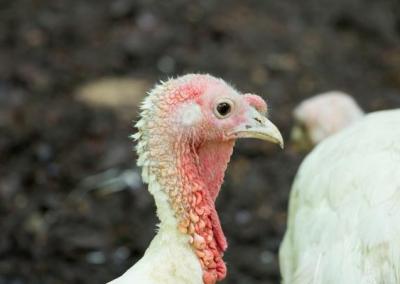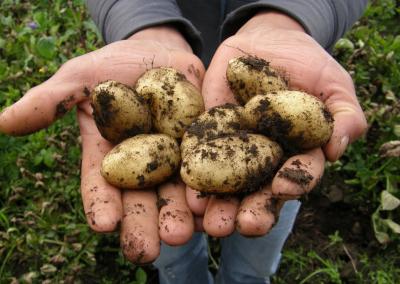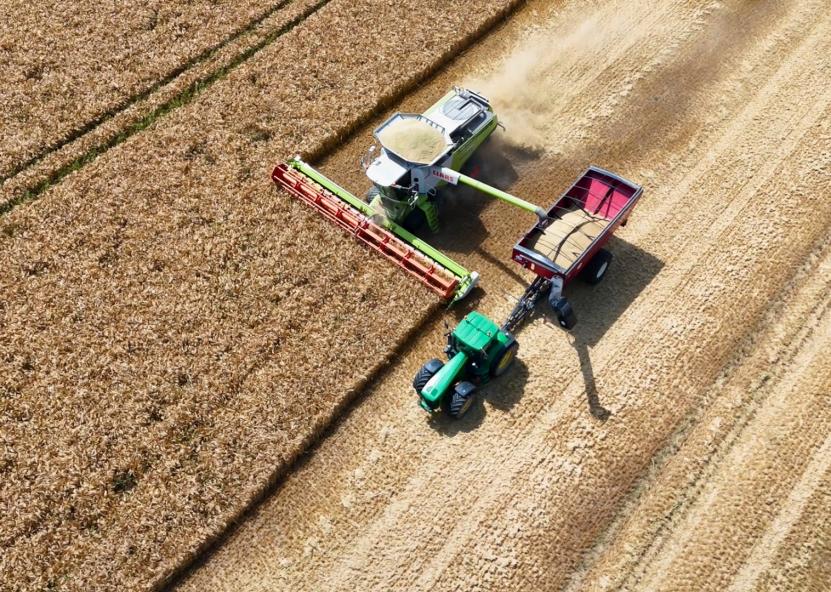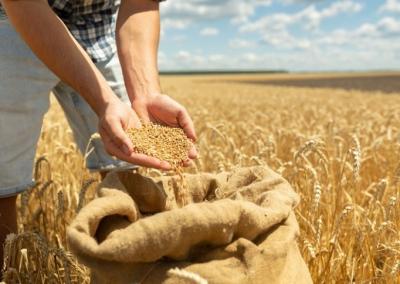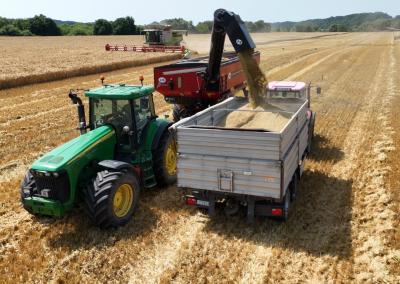Farmers: grain harvest this year around 7 million tonnes, prices at 2020 level
Farmers say they expect to harvest around 7 million tonnes of grain this year as the harvest draws to a close.
Chairman of the Chamber of Agriculture says that grain will be abundant this year, but of average quality.
„Slightly better than average (yield – BNS). So say the farmers themselves. The forecasted harvest – is around 7 million tonnes of grain. This is a lot. Lithuania usually produces 5-6 million tonnes or close to 7 million tonnes," Arūnas Svitojus, chairman of the Lithuanian Chamber of Agriculture, told BNS.
The harvest will be finished this week, he said.
Aušris Macijauskas, chairman of the Lithuanian Cereal Growers Association, said that the exact yield is not yet known, but it is expected to be the average of the last five years.
„You can look at last year's statistics – it's going to be very similar, maybe a little less than last year, but close to it, but in line with the average of the last five years“, – he told BNS.
„It was predicted that there would be records, but there are none. The crops looked pretty good, but the yields were completely average," said a cereal grower.
The quality of the grain was also mediocre, Svitoy said, because there was less fertiliser application due to the increase in fertiliser prices.
„Lots of first- to second-class grains. But that type is not looking good, because about 5 million tonnes of grain is going to Africa. It is all mixed in one pot and shipped out of Lithuania. Very little is left in Lithuania. The big bread producers import a lot of quality grain from other countries. They look for cheaper and better quality grain, for example from Poland. Small bakeries take local production," said the head of the Chamber of Agriculture.
A. According to Macijauskas, natural conditions have prevented this year's harvest from becoming a record-breaking one.
„On the basis of the weather conditions – the heat waves that occurred in early summer, late June and early July, damaged the crops, the grain was finer and of lesser quality than the farmers expected. The storms then swept through several times, damaging crops, uprooting some oilseed rape, snapping beans and causing considerable damage. The result is that the harvest is very mediocre," said Mr Macijauskas.
A. Svitojus stressed that the slightly stacked grain was saved. The main thing is that the grass doesn't overgrow them. I haven't seen any overgrowth this year, except in some places. The storm didn't make it so bad, the grass didn't manage to overgrow“.
According to Mr Macijauskas, grain prices are not high at the moment.
„They are back to their pre-war, pre-energy crisis levels by 2020. It is also taken into account that raw materials are expensive, land rents and wages are rising, and machinery repairs are becoming more expensive," said Mr Macijauskas.
At the moment, Svitojus said grain prices are higher now than they were five–six years ago, but lower than they were during the pandemic.
„Back then, prices were twice as high. Now grain (a tonne – BNS) costs around €200, wheat and rapeseed are more expensive. Rapeseed is between 400 and 500 euros," Svitojus said.
The price of cereals this year is very similar to last year, he said. Last year the yields were lower, so the price was a bit higher, this year we have more grain than last year, so the price is a bit different.„
He stressed that this year the grain is too dry, but that does not mean that it is of poor quality, because of the lightness of the grain, the producers are getting a little less income.


